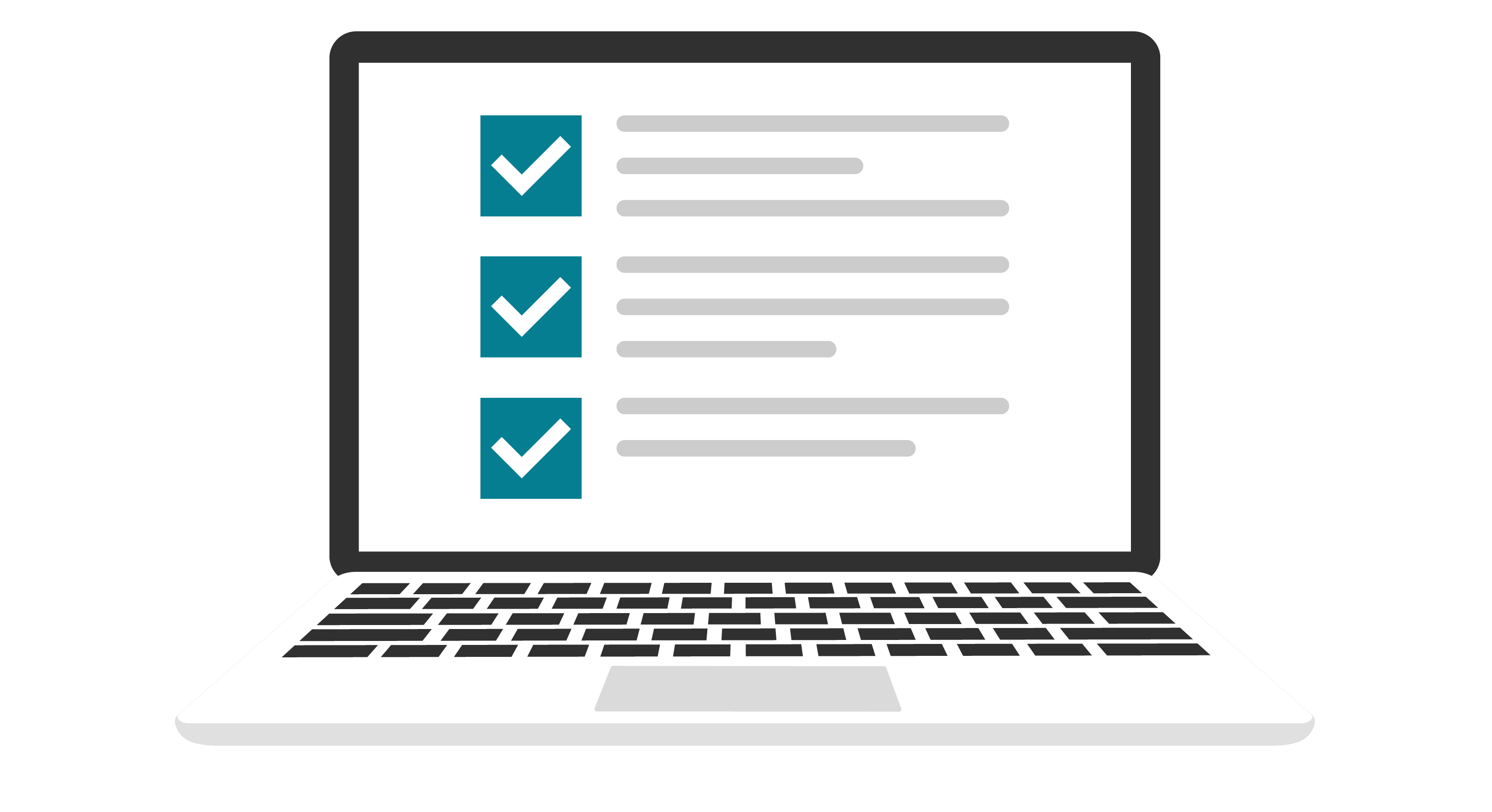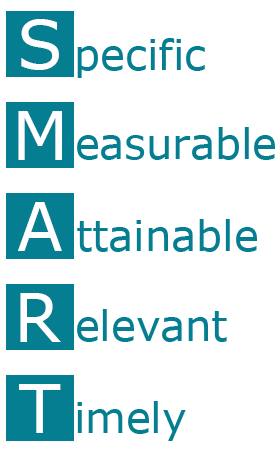As we approach the end of 2020, most insurers are preparing for annual reviews and beginning to set goals for 2021. The past year brought about many changes, and it’s likely your team’s projects and priorities evolved along with the shift in work dynamics. Day-to-day responsibilities were redefined, individuals had to lean into remote work, and many were dealing with unforeseen personal circumstances. Effectively evaluating employees’ performance and setting goals for the new year in such a tumultuous and unpredictable environment can be a challenge.
However, similar to most of this year’s activities, it’s smart to step back and redefine your strategy within the available parameters. Consider each employee’s unique circumstances and the personal toll of the pandemic, understanding previous metrics may no longer apply. This year’s review cycle provides an opportunity to strengthen your overall organization, rather than focusing strictly on awarding promotions and raises or reprimanding poor performance.
Approach this year’s performance reviews with empathy and an open mind. Make sure your team is conducting reviews via video to ensure you can read facial expressions and other non-verbal cues. Be intentional in evaluating your employees’ progress and contributions over the past year, while also setting attainable goals for moving forward in the new landscape. Here are a few areas to consider as you reflect on 2020 and look forward to the new year.
Modified Goals
Ideally, as the year has progressed, you have talked with your employees and made adjustments to goals that were no longer feasible due to the current environment (for instance, goals related to projects that were deprioritized, in-person training and events, etc.). These modified goals may look different than in year’s past; however, it’s important to make sure your expectations are still reasonable.
In addition to the tangible goals set earlier in the year, take employees’ overall team and company contributions into account. Were they able to quickly adjust to a new work environment? Did they serve as a team player, helping others get ramped up on new technology and stepping into projects outside their standard scope of work? Collaboration, teamwork and flexibility should not be overlooked.
Employee Feedback
It’s important to look at the past year comprehensively and take employees’ perspectives and feedback into account within your review. Ask each individual what they think is going well, what areas they are struggling with and what tools they need to do their job better.
These responses will likely be influenced by their current personal situations, perhaps more than ever. For instance, someone assisting young children with virtual school may need the flexibility to work in the evenings rather than mornings. Individuals working in more remote locations may require an upgraded internet plan to avoid unnecessary delays. Now that virtual work may continue through the new year, multiple screens or other technology may enable employees to be more efficient.
If you haven’t already been having weekly or bi-weekly conversations with employees, ask them to provide this feedback a few weeks before the review so you can take it into consideration. If others work closely with the individual, seek out their feedback prior to the review as well, to help you gain a more well-rounded view of their work and contributions.
Ongoing Growth
More casual conversations around performance should occur on a regular basis throughout the year. Formal reviews are not the time for major surprises. Saving negative feedback for months in order to deliver it during review time will confuse employees and weaken their trust. If you haven’t already, establish an ongoing dialogue around the work individuals are doing well and the areas that need improvement. During standing weekly or bi-weekly meetings, share this feedback with employees and provide them with the opportunity to correct missteps immediately, rather than weeks or months later.
This can be woven into the team's culture by fostering an open forum where employees can share successes and wins, as well as areas in which they are struggling. Openly focusing on growth and development creates an environment where individuals aren’t afraid to have more sensitive conversations and can channel feedback in a productive way.
Goals for the New Year
SMART goals continue to be relevant in the current environment. However, it’s likely you may also need to set goals that are less measurable or that allow for flexibility. Consider how your organization’s core values can be reflected through those goals. For instance, if teamwork is a core value, what behaviors are associated with it and how are those behaviors expected to be exhibited? Additionally, once it’s determined employees will begin reentering the workplace, make sure to discuss their readiness and create goals for their return. Include them in the planning to help ensure a positive experience.
If a goal didn’t get accomplished in 2020, what was the reason? If time and prioritization were issues, consider performing a time study. What tasks are coming up on a day-to-day basis that distract from core functions and goals? What necessary administrative duties are taking time out of the work day, but aren’t being accounted for? If your standard productivity measures are no longer feasible, think about the tools or processes you may need to adopt in order to have transparency into your team’s progress. This could mean exploring project management tools, communication platforms, time tracking systems and more.
Provide employees with a greater sense of purpose by helping them understand how their work fits into achieving larger organizational goals. Set teamwide goals to help build collaboration among team members and grow a sense of shared accountability. You may also consider asking employees to come up with one of their own goals for the year and asking how you can best support them in accomplishing it.
While this year’s review and goal-setting processes may bring more ambiguity than in the past, focus on how you can make your team and organization stronger and energized for the year ahead. Rethink how you approach goal setting, take external factors and unforeseen projects into account, and remain empathetic. The past year has made most organizations more agile as they’ve overcome challenges and created new opportunities. End the year looking back on successes and more importantly, preparing to tackle anything 2021 brings.

